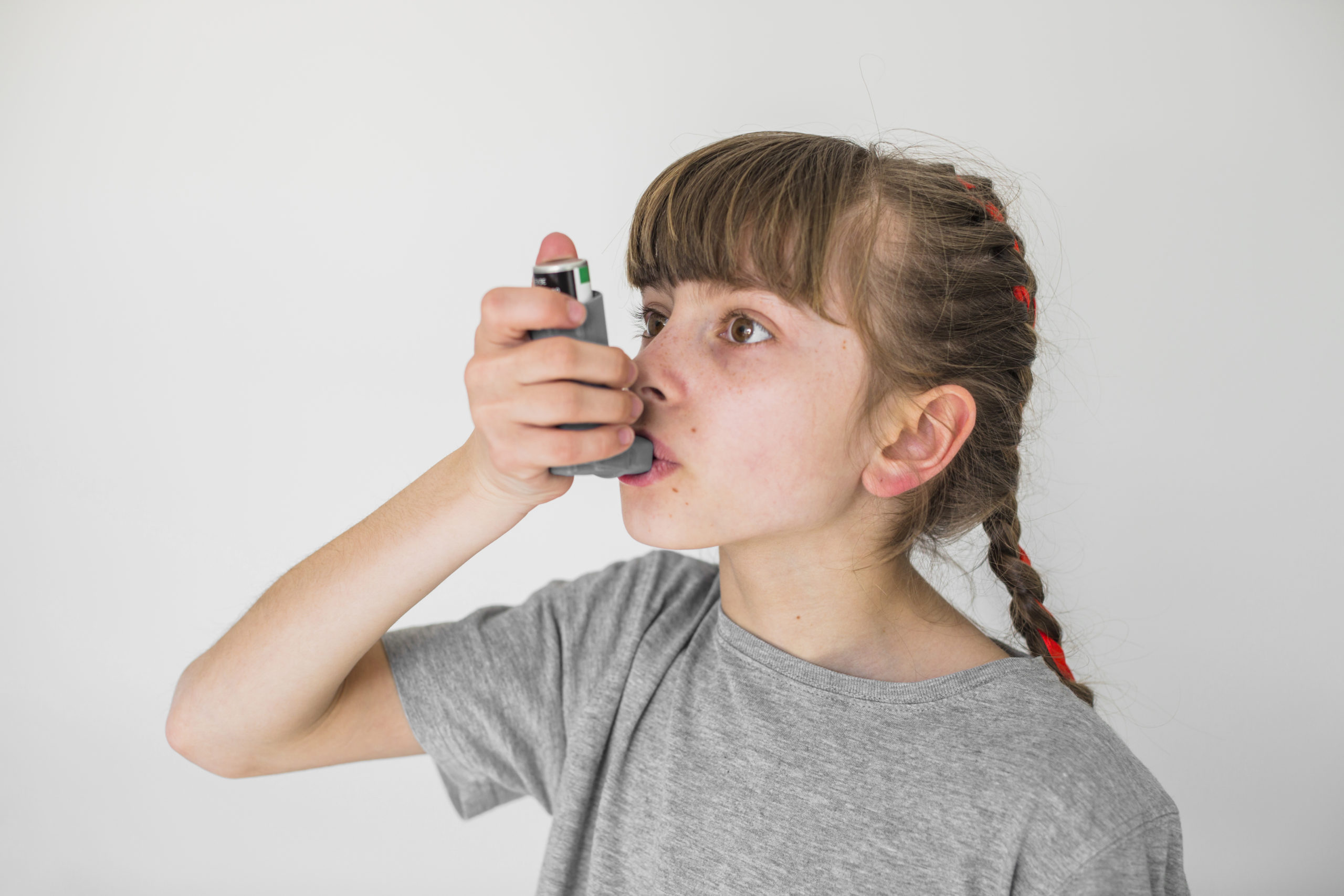Insomnia Treatment for the Uninsured
What is Insomnia sleep disorder? Understanding Insomnia as a Sleep Disorder
Many of us experience difficulty sleeping at times, which can significantly impact our daily lives and well-being. Insomnia, characterized by difficulty falling or staying asleep, is a prevalent sleep disorder.
Triggered by stress, lifestyle changes, or other factors, the consequences of inadequate sleep extend far beyond mere tiredness.
At Prescrimeds, we recognize the importance of addressing sleep disturbances like insomnia promptly and effectively.
The Importance of Quality Sleep
Quality sleep is paramount for maintaining optimal cortisol levels, a hormone intricately linked to stress management and weight regulation.
When sleep is compromised due to insomnia, cortisol levels may skyrocket, potentially derailing weight loss efforts and overall health goals.
Our Sleeping Tablets range offers affordable medication solutions designed to help you fall asleep faster and enjoy uninterrupted rest throughout the night.
Introduction to Zopiclone as an Alternative Solution
In the realm of wellness, restful sleep is a priceless treasure. Yet, for many suffering from insomnia, the quest for peaceful slumber comes at a steep price. Zopiclone, often prescribed for insomnia, is one such treatment that can be financially burdensome, especially for those without health insurance. At Prescrimeds, we introduce Zopiclone as an affordable alternative to help you manage insomnia effectively without breaking the bank.
Insomnia: A Sleepless Epidemic
- Fact: The grasp of insomnia spans wider than anticipated. As reported by the American Academy of Sleep Medicine, approximately 30% of adults grapple with insomnia symptoms.
- Insurance Void: Amid this epidemic, a faction of individuals grapples with insomnia without the protective cloak of insurance, amplifying the complexity of their plight.
The Economic Weight of Insomnia Treatment for the Uninsured
- Fact: Research casts a spotlight on the stark financial load that uninsured individuals bear when dealing with insomnia treatment—particularly medications like Zopiclone. The cost of these medications, intertwined with doctor consultations and continuous care, poses a daunting challenge.
- Unaddressed Challenges: The absence of insurance magnifies the financial burden of managing insomnia, often forcing uninsured patients to compromise on their care due to overwhelming costs.
Medication Obstacles and the Uninsured Hurdle
- Fact: The financial hurdle posed by insomnia medications, such as Zopiclone, can be insurmountable for those lacking insurance. The National Institute of Health echoes the sentiment that insurance coverage is pivotal in granting access to these essential treatments.
- Impact on Well-being: The inaccessibility of medications not only impairs physical health but also casts a shadow on mental and emotional well-being, underscoring the urgency for viable alternatives like Zopiclone.
Exploring Affordable Horizons: Navigating Beyond Borders
- Fact: As a beacon of hope, the pursuit of cost-effective medications through online avenues has gained traction among the uninsured population. Many turn to international sources where the same medications are available at a fraction of the cost.
Conclusion: A Ray of Respite for Insomnia Sufferers
For those navigating the solitary journey of insomnia without insurance, the financial burden, unavailability of vital medications like Zopiclone, and erosion of overall well-being underscore the urgency for transformation.
Exploring online options for affordable insomnia medications, including Zopiclone, emerges as a guiding light towards a rejuvenated and revitalized sleep experience.
Don’t let insomnia disrupt your life any longer—explore the Sleeping Tablets category at Prescrimeds and take the first step toward a restful night.





